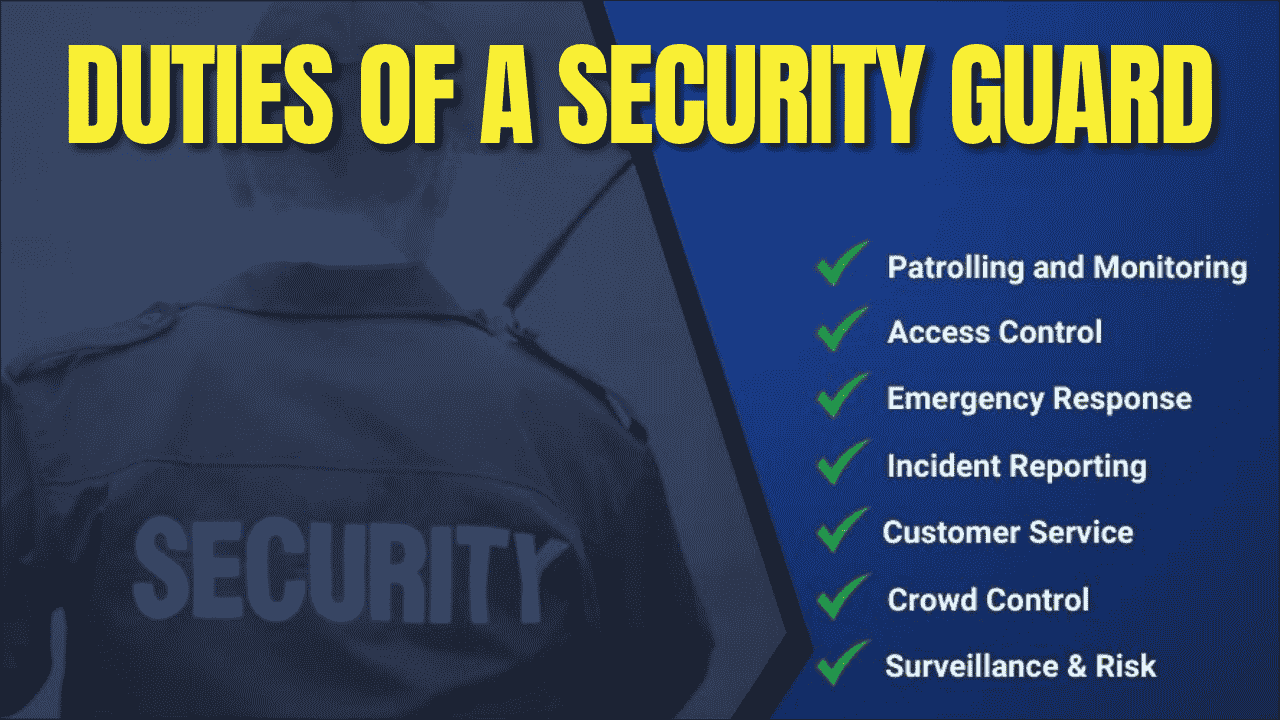
Workplace violence has quietly become a serious issue in modern organizations. Most people do not speak up about threats, harassment, or physical attacks. Studies reveal that around 75% of incidents are never reported. Fear of retaliation, lack of faith in systems, or confusion about what counts as violence stop employees from coming forward. Businesses lose not only productivity but also the trust of their teams. Strong professional security can be the game-changer. Trained officers, surveillance systems, and strategic planning help prevent threats and give workers a safe environment to thrive.
Table of Contents
Reasons Behind the Underreporting of Workplace Violence
Fear and Silence
- Job Security Concerns
Workers often fear they might lose their jobs or face demotion if they report incidents. - Retaliation from the Offender
A person may stay quiet because they fear revenge from the violent coworker or customer. - Embarrassment or Shame
Emotional abuse or harassment makes victims feel embarrassed, especially in male-dominated fields. - Lack of Awareness
Many do not know that what they faced counts as workplace violence. - Weak Reporting System
Complicated or non-anonymous systems discourage employees from taking action.
Types of Workplace Violence
Common Forms of Violence
| Type | Description |
|---|---|
| Physical Assault | Pushing, hitting, or other bodily harm caused by employees, clients, or outsiders |
| Verbal Threats | Shouting, cursing, or threatening harm to a coworker |
| Sexual Harassment | Unwanted touching, comments, or messages with sexual content |
| Psychological Abuse | Repeated belittling, bullying, or isolation of a person |
| Property Damage | Intentional damage to equipment or infrastructure during a violent outburst |
Impact on Workplace Environment
Emotional and Financial Effects
- Reduced Productivity
Fear and stress reduce worker focus and performance. - Higher Turnover
Victims often resign rather than face the same situation again. - Legal Risk
Companies that ignore reports may face lawsuits or government action. - Loss of Reputation
A company known for unsafe conditions may lose clients and workers.
Financial Cost Comparison
| Effect | Estimated Cost (Per Incident) |
|---|---|
| Employee Replacement | $4,000 – $10,000 |
| Medical Expenses | $1,000 – $15,000 |
| Legal and Settlement Fees | $5,000 – $50,000+ |
| Productivity Loss | Varies based on project delays |
Strategic Innovation: Role of Professional Security
Importance of Trained Security Staff
- Immediate Action
Professional security responds quickly during emergencies. - Threat Identification
Officers are trained to spot signs of aggression or stress before violence occurs. - Neutral Presence
Workers feel more confident when they know someone is watching out for their safety.
Technology and Surveillance
- CCTV Cameras
Real-time monitoring acts as both prevention and evidence collection. - Access Control Systems
Limiting who can enter certain areas reduces risks from outsiders. - Anonymous Reporting Apps
Digital tools allow safe and silent reporting of incidents.
Preventive Strategies for Employers
Security-Driven Workplace Policies
| Policy Type | Purpose |
|---|---|
| Zero Tolerance Policy | Makes clear that any form of violence will face strong action |
| Regular Training | Educates staff on identifying, avoiding, and reporting violence |
| Behavioral Audits | Monitors employee behavior to detect warning signs |
| Emergency Response Plans | Ensures staff knows what to do during an incident |
Benefits of Investing in Professional Security
- Increased Reporting
The presence of security encourages more workers to report. - Lower Insurance Costs
Safer environments often lead to reduced liability insurance fees. - Stronger Company Culture
Safety programs signal that the company values its employees. - Improved Retention
Employees stay longer in secure, respectful environments.
Case Studies: How Security Transformed Workplaces
Example 1: Tech Startup in Bangalore
- Issue: Harassment from a senior manager was ignored for months.
- Action: A private security firm was hired, and anonymous reporting was introduced.
- Result: Reports increased by 60%, and the manager was replaced after an investigation.
Example 2: Logistics Company in Delhi
- Issue: Night-shift workers faced threats from outsiders near warehouses.
- Action: Perimeter surveillance and guards were added.
- Result: Incidents dropped by 80% within 6 months.
Example 3: Retail Chain in Mumbai
- Issue: Verbal abuse from customers to staff was common.
- Action: Security officers were placed near counters and trained in de-escalation.
- Result: Complaints fell significantly, and customer satisfaction rose.
Ways to Encourage Reporting
Building Trust in Systems
- Anonymous Channels
Providing online and offline tools that do not ask for names or IDs. - Regular Follow-Up
Updating the person who reported builds confidence in the system. - Management Involvement
Leaders who talk openly about safety create a culture of openness.
Support Structures for Victims
| Support Service | Details |
|---|---|
| Counseling | On-site or virtual sessions for mental health |
| Legal Help | Guidance on police or legal procedures |
| Peer Support Groups | Safe space for victims to share and heal |
| Time-Off Policies | Allows recovery without job loss |
The Bottom Line
Workplace violence is a serious problem that stays hidden because people do not feel safe enough to report it. Ignoring it damages workers and weakens organizations. Professional security services offer a practical solution by not only responding to threats but also preventing them. With trained guards, technology, and a zero-tolerance mindset, companies can make employees feel secure, heard, and respected. A safe workplace is not just a benefit—it is a right.





